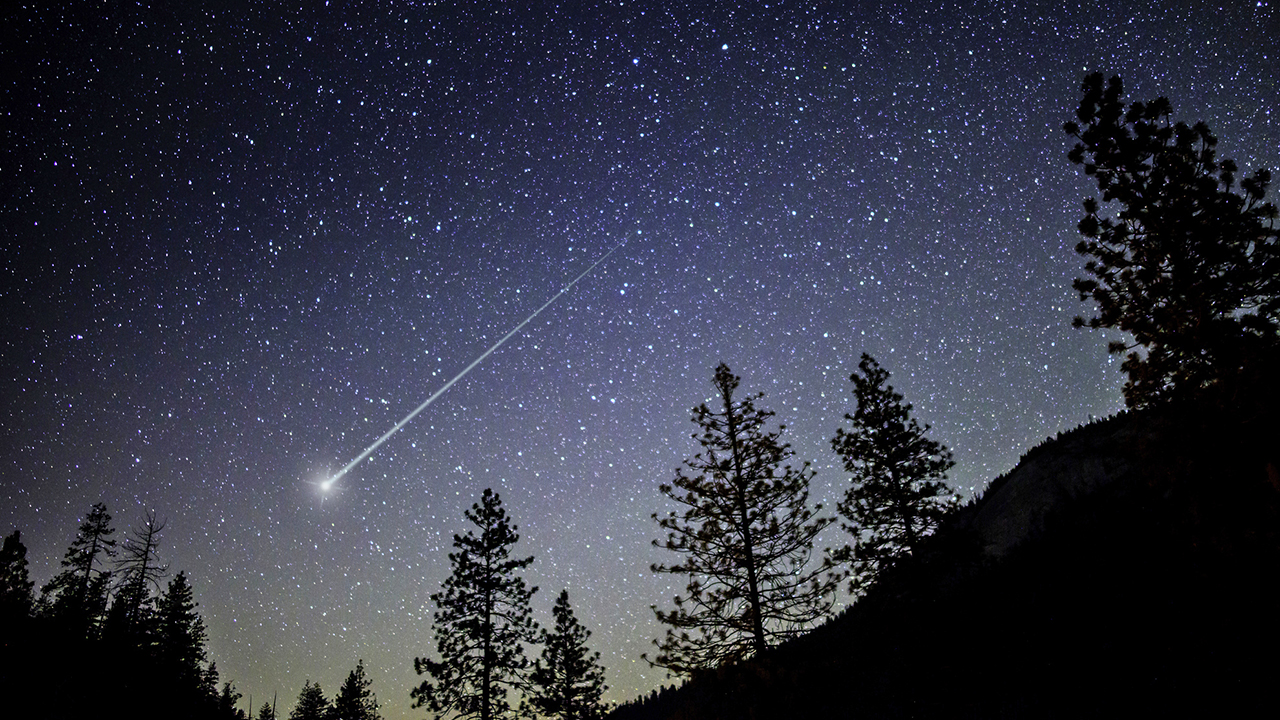
Exploration
Even the best, most high-tech telescopes available today can’t see all the small bits of debris in space known as meteoroids. These space rocks range in size from dust grains to small asteroids. But for the common, tiny ones, we generally only know they exist when they burn up in the atmosphere, leaving brief, blazing streaks of light as big as a battleships. These “shooting stars” are technically called meteors once they enter the atmosphere.
The United States does not have radar dedicated to finding meteors, but camera networks can look for streaks of light in the sky and calculate their speeds and trajectories. NASA has a network of 17 cameras called the NASA All Sky Fireball Network, aiming to observe meteors in the sky brighter than Venus, which are called fireballs.
Canada’s CMOR (Canadian Meteor Orbit Radar) can detect meteoroids about 0.04 inches (1 millimeter across), and can detect the speed, direction and location of these small objects. Canada’s Southern Ontario Meteor Network also has 17 cameras that are similar to NASA’s. This and the Fireball Network are the two automatic networks in North America, and they update meteor data taken on the previous night every morning. There are also monitoring networks involving amateur astronomers.
An experiment on the International Space Station called Meteor Composition Determination (Meteor) studies the chemical composition of meteors entering Earth’s atmosphere. The Meteor investigation takes high-resolution video and images of the atmosphere and uses a software program to search for bright spots, which can later be analyzed on the ground to detect meteors. This experiment also looks at the physical and chemical properties of the meteoroid dust.
High-altitude aircraft have also been used to collect meteoritic dust for study. For example, in 2012, NASA's high-flying ER-2 science aircraft sampled cosmic dust during the Perseids meteor shower.